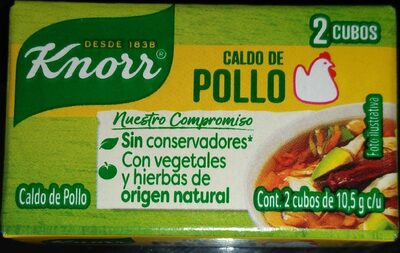Caldo de pollo - Knorr - 2 x 10,5 g
Aquesta pàgina del producte no està completa. Podeu ajudar a completar-la editant-la i afegint-hi més dades a partir de les fotos ja disponibles, o fent-ne més amb l'aplicació de androide o iPhone / iPad. Gràcies!
×
Codi de barres: 7501005180306 (EAN / EAN-13)
Nom comú: Caldo de pollo en cubos
Quantitat: 2 x 10,5 g
Marques: Knorr
Categories: Brou, en:Poultry broth
Països on es va vendre: Espanya
Matching with your preferences
Entorn
Empaquetament
Transport
Report a problem
Fonts de dades
Producte afegit per elcoco
Última modificació de la pàgina del producte per tasja.
La pàgina del producte, també editada per elcoco.b3b558d37681e386470f2814f6a78935, kiliweb, musarana, openfoodfacts-contributors, roboto-app, vegan-app-chakib, yuka.sY2b0xO6T85zoF3NwEKvln5Wc8rHrQn2Kjv5tk-664inKbDwQO5544nwMqs.
Si les dades són incorrectes o incompletes, pot completar o corregir editant aquesta pàgina.









